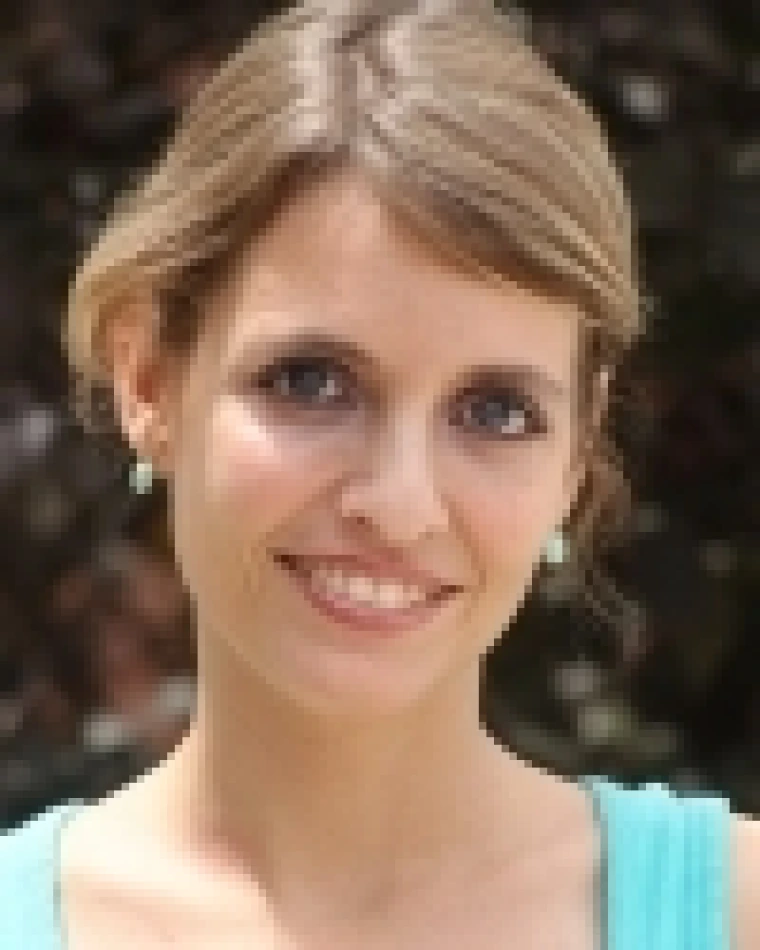The Islamic pilgrimage, the Hajj, is both a collective and a personal experience, and the holy city of Mecca represents the main reference point in the life of Muslims who pray in its direction all their lives. Every year, over two million Muslims perform the pilgrimage, emphasizing the unity of the Umma, the Muslim community before Allah. From a literary point of view, the journey to Mecca has represented a central theme both in Islamic and Christian travel writing. Over recent years the number of Europeans who have converted to Islam and travelled to Mecca has increased as well as the number of publications describing the Hajj.
Contemporary pilgrimage accounts by German-speaking converts to Islam still partly draw upon the travel literary tradition of the 18th and 19th century, and even though these Muslim narrators avoid the excesses of their Christian precursors, they are not completely free from “colonial gaze and attitudes.” In particular the image of the Bedouin, represented as the desert warrior free from the constraints of urban civilization, becomes the projection of a romanticized desire for an “authentic” Arabia.
However these narratives embody the issues Western Muslims face living in their home countries and the way national and religious belonging become a narrative produced, reproduced and negotiated by the actors. This paves a new ground for what it means to be or to become Muslim in modernity and postmodernity.


